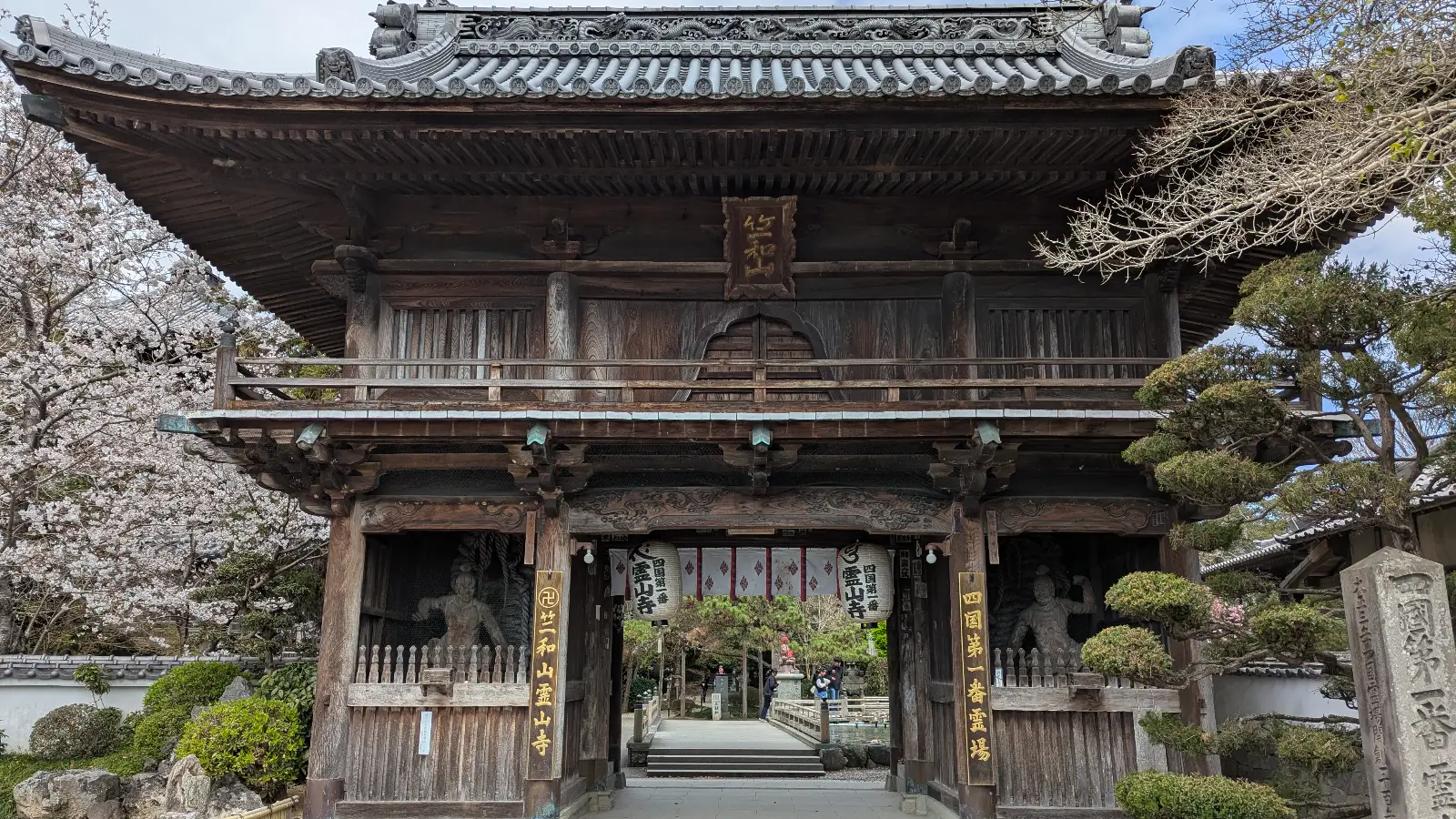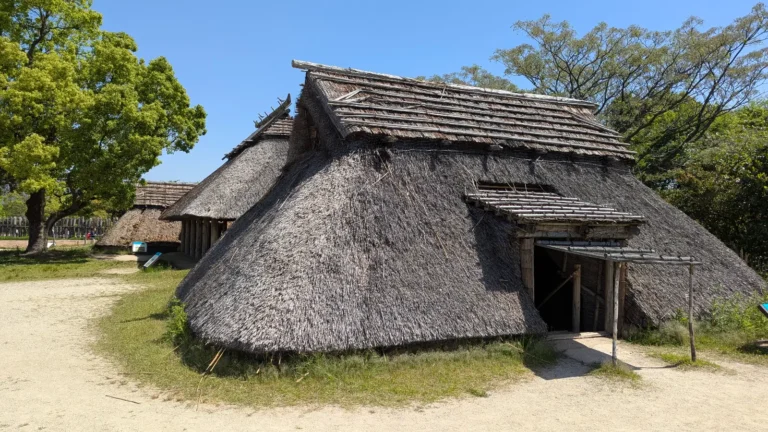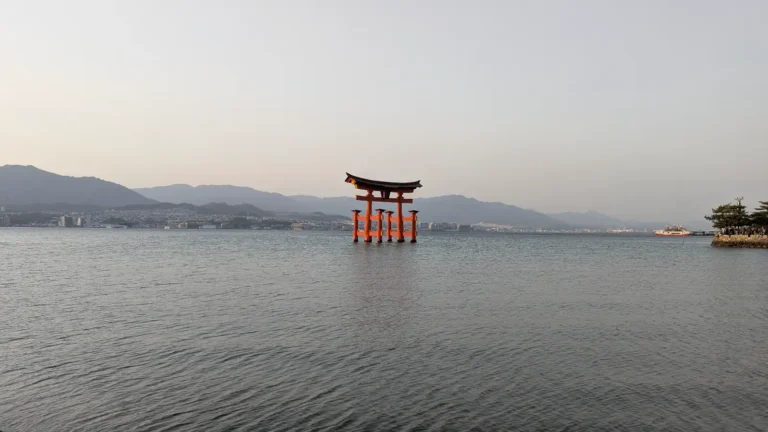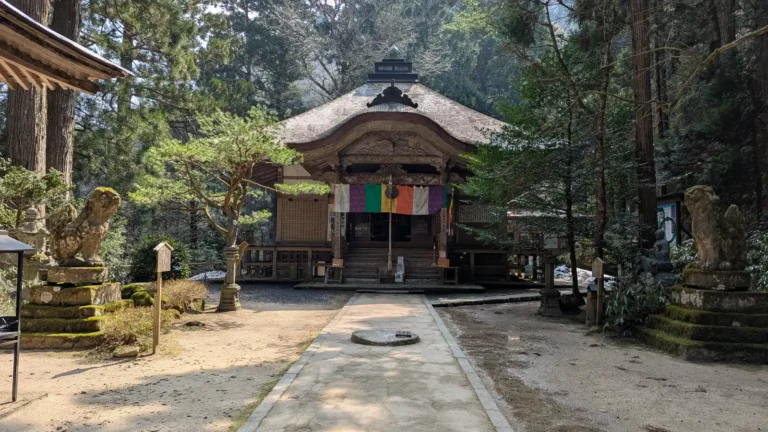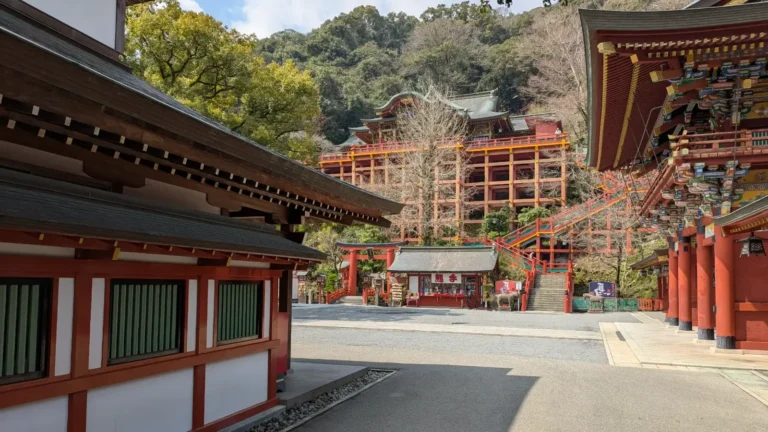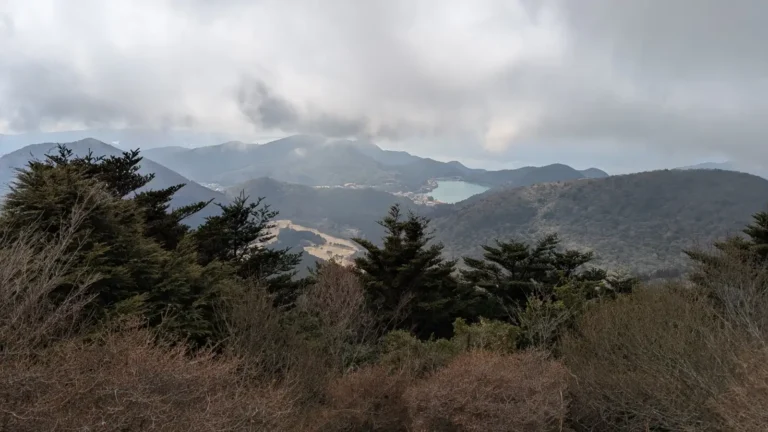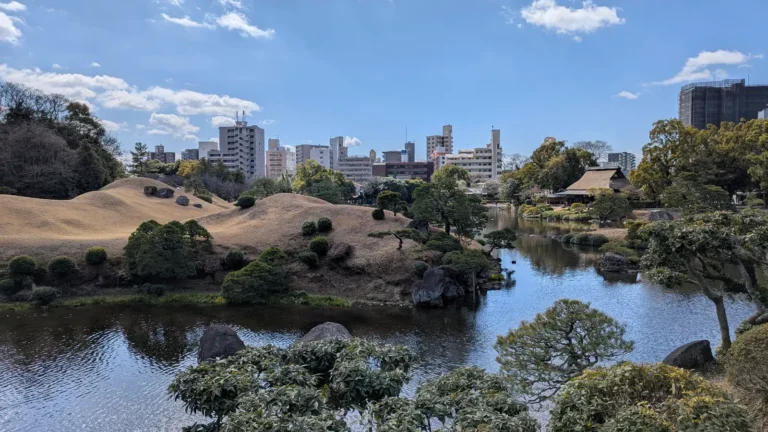Ryozen-ji: A JOTM Journey
Not all beginnings feel like a starting line. Some feel like an exhale before the first step.
On the eastern edge of Shikoku, in the quiet town of Naruto, Tokushima Prefecture, that exhale takes the form of Ryozen-ji (霊山寺) .
Nestled among homes and low farmland, the temple doesn’t rise with grandeur. It doesn’t demand awe. But it holds something weightier than beauty, the pull of every journey that has ever begun here.
This is Temple #1 of the Shikoku Henro, the legendary 88-temple pilgrimage said to follow in the footsteps of Kōbō Daishi (Kūkai), the revered founder of Shingon Buddhism. The full circuit stretches more than 1,200 kilometers, encircling mountains, coastlines, forests, and sacred ground.
And it all begins here.
But even if you never plan to walk the full path, even if you come only for a breath of incense or a quiet moment beneath the bell tower, something shifts when you step inside the gate.
The world narrows. The breath slows. The silence deepens.
You don’t have to be ready.
You just have to begin.
Select links in this guide are affiliate links. They help sustain this space… allowing us to share more, with less dependence on advertising.
*Prices are subject to change.
The First Temple of Shikoku: Ritual, Rhythm, and Reverence
The entrance to Ryozen-ji doesn’t shout. It invites.
A simple stone gate opens into a compact courtyard, where incense drifts through wooden beams and pilgrims move in quiet rhythm with their own private intentions.
Most wear the henro uniform, white vest, sedge hat, walking stick in hand. Some carry full packs. Others hold only a sutra book. Many are alone. All are walking the same path, even if for different reasons.
There’s a sequence to it, not complicated, but deliberate.
You bow at the gate.
You wash your hands at the purification fountain.
You light incense.
You ring the bell.
You bow again. Offer a coin. Open the sutra book.
The chant begins, low, slow, murmured into the air like a current.
Even as a visitor, you’re pulled into the choreography. Not as a performance. Not as spectacle.
As presence.
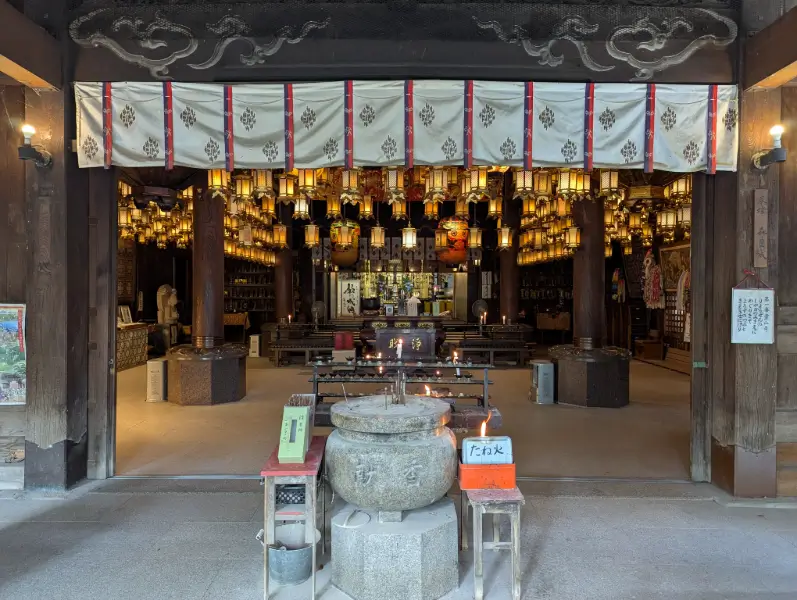
The main hall, or hondō, houses the principal deity, Shaka Nyorai. Just beside it, the Daishi-dō honors Kōbō Daishi. Pilgrims stop at both. The rituals repeat. Two spaces. Two centers of reverence. The body moves. The heart follows.
It’s easy to imagine this as the beginning of something vast. But even as Temple #1, Ryozen-ji already feels complete. You don’t need the next 87 to understand its weight.
You just need to stand still long enough to feel it.
Here, the path doesn’t begin with direction. It begins with attention.
A Temple Built for Departure, Not Arrival
Ryozen-ji carries a different energy.
It doesn’t hold the stillness of a final stop, or the grandeur of a celebrated temple deep in the pilgrimage route.
It feels like a threshold.
A place designed not to keep you, but to send you forward.
Said to be founded in the 8th century by the monk Gyōki and later revived by Kōbō Daishi himself, Ryozen-ji has never been a place of embellishment. It remains simple. Practical. Profoundly direct.
Walk its grounds and the message becomes clear.
Maps of the pilgrimage line the walls. Shops sell walking sticks, vests, and bells. Monks offer not just blessings of peace, but of strength. Temple staff quietly help pilgrims plan their course.
The signs don’t point inward.
They point on.
Even those who sit on benches or linger near the incense burners don’t seem to be resting. They’re pausing. Gathering breath. Readying the next step.
And that’s what makes Ryozen-ji so quietly powerful. It’s not built to impress.
It’s built to prepare.
Most sacred sites are about arrival.
Ryozen-ji is about departure.
And that departure isn’t just physical. It’s mental. Emotional. Spiritual.
You might not walk to Temple #2.
You might not take another step at all.
But once you’ve stood here, once you’ve bowed before the altar and heard the bell ring into the stillness of morning, you’re already walking something.
Meeting the Other Pilgrims: One Path, Infinite Reasons
We arrived early.
But we were not alone.
A man in his seventies stood bowed before the main hall, lips moving in a chant only the incense could hear. A woman in a crisp white vest knelt beside her pack, adjusting a rain cover with the quiet precision of someone who had done it many times before.
Two friends sat beneath the eaves, sipping tea in silence. One looked toward the gate. The other closed his eyes and simply listened to the wind.
No one asked each other why they were here.
That’s the unspoken understanding at Ryozen-ji: every pilgrim walks for their own reason, and none of them need to be explained.
Some come in mourning.
Some in gratitude.
Some out of curiosity.
And some because they no longer know where else to go.
Some will walk for weeks.
Others will return to their car after one prayer.
But all begin the same way, by choosing to begin.
And in that choice, a kind of quiet kinship forms.
There’s no race here. No rank.
Just a rhythm, of bowing, of burning incense, of gazing up at the long map on the temple wall and knowing that the path begins the moment you pause to look.
A young man passed us, sedge hat tipped, walking stick in hand, a white cloth tied neatly over his pack.
He didn’t speak.
He didn’t need to.
The journey was already saying everything for him.
Reflections As the Journey Continues…
There’s something unmistakable about the feeling of Ryozen-ji.
It’s not grandeur.
Not awe.
Not even clarity.
It’s invitation.
The bells keep ringing.
The incense keeps drifting.
The sutras keep rising from the lips of strangers you may never see again.
And whether or not you walk to Temple #2, something has already begun to shift,
not just the path beneath your feet,
but the way you carry yourself along it.
A little slower.
A little softer.
With more awareness of where the next step might land.
Ryozen-ji doesn’t offer answers.
It offers space.
Space to breathe.
Space to begin.
Space to carry your questions forward.
And maybe, long after you’ve left, a part of you still lingers,
beneath the gate, beside the incense burner,
standing quietly with your palms pressed together,
listening for something that hasn’t fully revealed itself yet,
but has already started to unfold.
From Somewhere Off the Map
~ Josh

